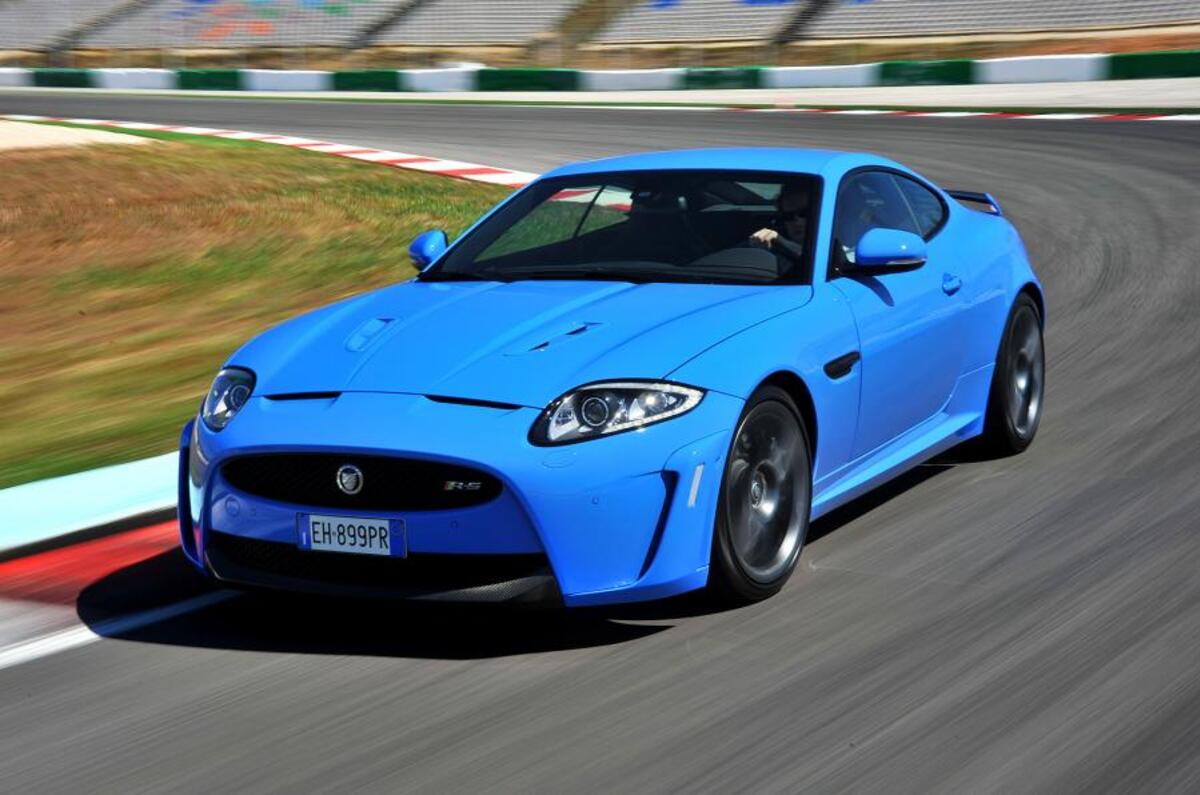Would Jaguar have built a car like this before today? Sure, it has used the XKR-S nameplate before (in 2008) but I think it has taken a newfound confidence for Jag to serve up something as overt as this.
Something with a £97,000 price, as much power as the XJ220 (542bhp if you’re asking) and a colour scheme reminiscent of a GT Porsche.
So what exactly is the XKR-S? Well, firstly, it is a series production model rather than a limited-run special. The 39bhp increase over the standard XKR comes from ECU changes and a new exhaust (more of which later); there are no mechanical changes to the internals of the engine. Torque is increased by 41lb ft.
Jaguar claims the more assertive styling (which encompasses changes made across the XK range) is dictated as much by function as form. The front and rear aerodynamic enhancements are apparently required to maintain contact with the ground at the XKR-S’s higher top speed: an electronically governed 186mph.
Changes to the chassis mirror those previewed on the limited-run Edition 75 and amount to 28 percent stiffer spring rates over the standard XKR's, a new aluminium steering knuckle, reprogrammed damper and differential controls, wider tyres and lighter wheels.
Of the mechanical alterations, what you notice first is the new active exhaust. Compared with the standard XKR, the S is not only louder but also crisper; almost purer and less synthetic. Not everyone will love it – especially anyone who happens to live within three miles of your favourite roads.























